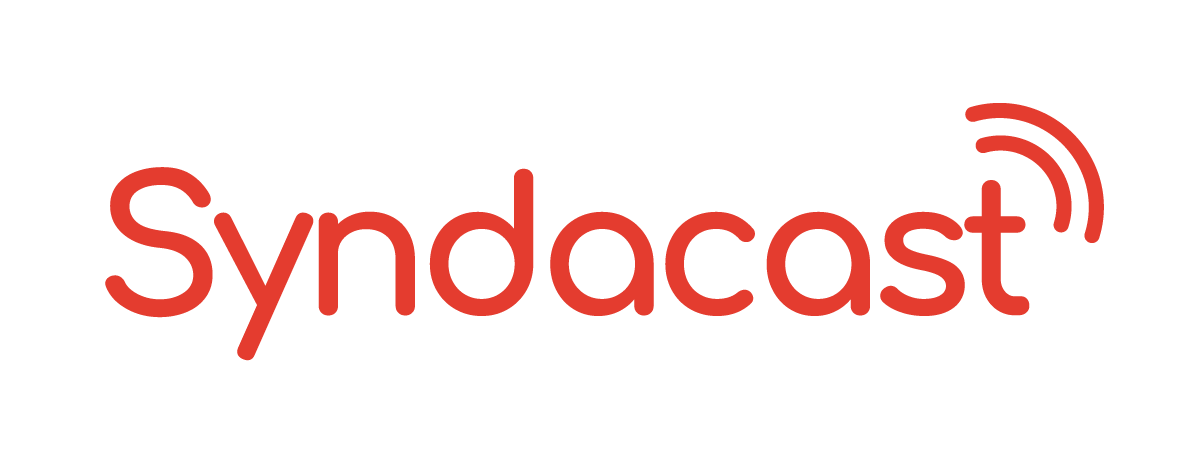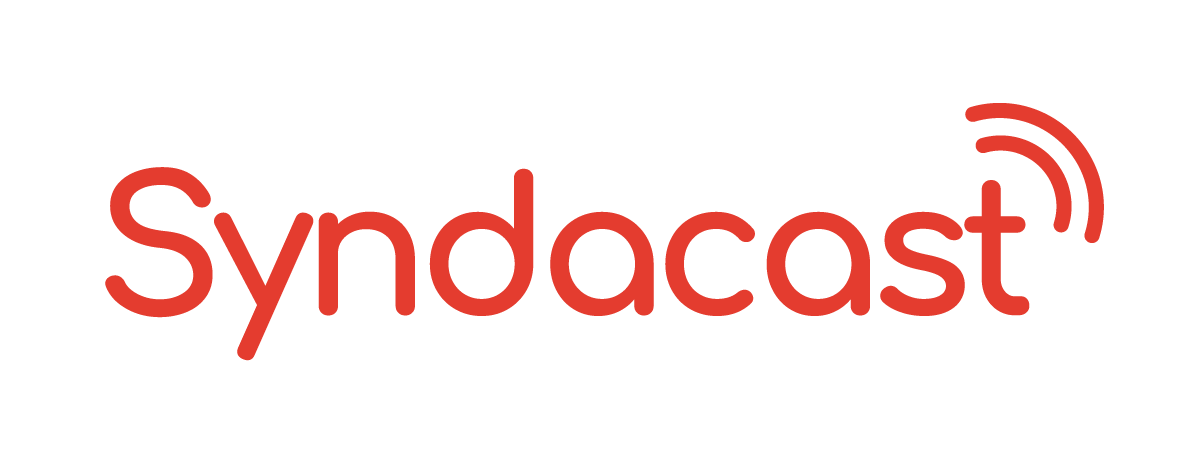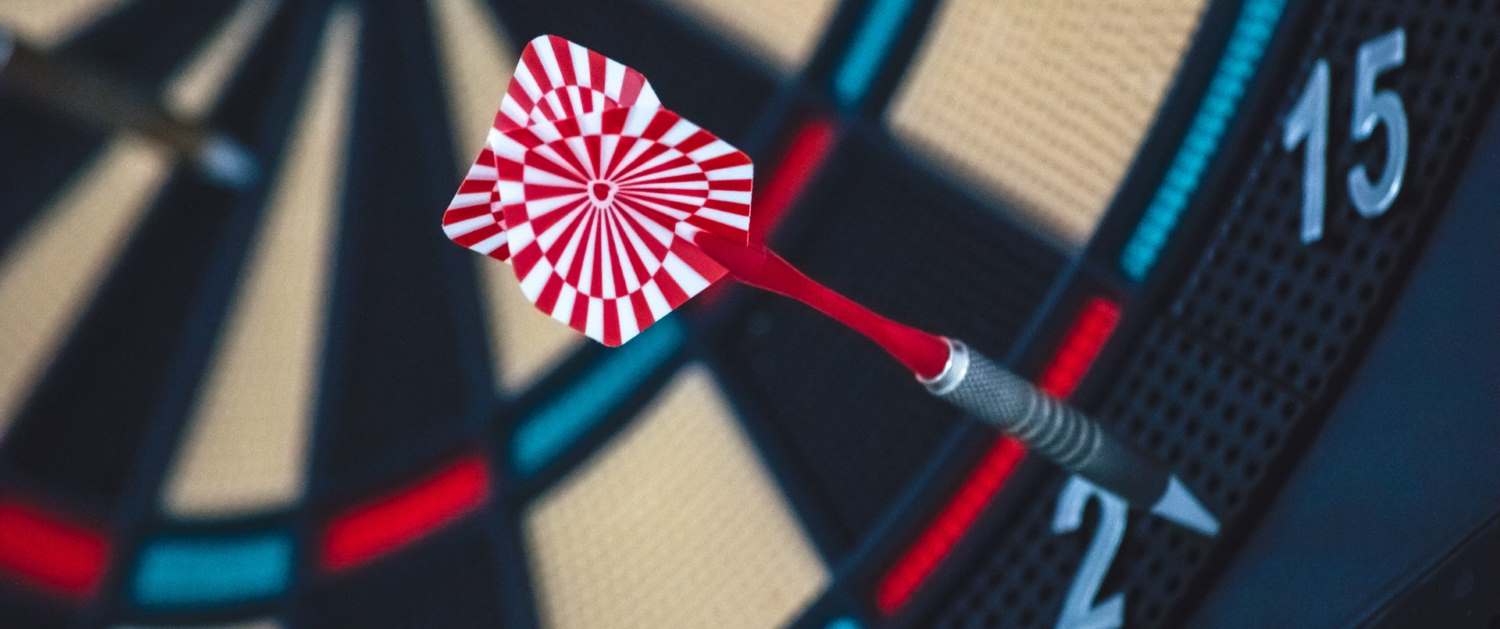7 PPC Must-Dos
PPC (pay-per-click) has been around for a long while but to say that it’s just ‘paid ads’ is erroneous and a huge understatement. Although, you do pay for every click that happens on your ad in the search engine’s result page, there is so much more to it than that. If you’re simply keying in keywords that you think people might search for, followed by throwing in a few ads and setting your minimum bid, then you’re missing out on a lot of traffic. What’s more to it than that?
Alot.
#1 – Referring to Google AdWords, let’s start with the first must-dos. Are you using review extensions? If you’ve vaguely heard about it but you’re not yet using it; then it’s high time to consider. Some research has shown that you could boost your site’s visitors by as much as 66% with AdWords review extensions. The process itself is relatively easy.
#2 – Besides reviews, are you using sitelinks? Site links are more than what they sound like; consider them extra ad space for your call-to-actions, and do use them. The character limit for ads is already super short as is. Instead of trying to squeeze everything into the ad copy, use sitelinks for your call-to-actions.
#3 – Increase your PPC Budget. If your PPC campaign is yielding and showing a healthy ROI, consider scaling it. By increasing your budget, you are increasing not just your returns by scale, but in proportion, your ROI would increase as well. Here’s a sample calculation from huffingtonpost.com.
Before budget increase:
• $1,000 monthly AdWords budget
• Average cost per click (CPC) of1.50
• Number of monthly visits = 667
• Conversion rate = 1%
• Revenue per conversion =500
• Total conversions = 6.67
• Total revenue =3,335
• ROI = 235.5%
After increasing your budget:
• $10,000 monthly AdWords budget
• Average cost per click (CPC) of1.00
• Number of monthly visits = 10,000
• Conversion rate = 1.5%
• Revenue per conversion =500
• Total conversions = 150
• Total revenue =75,000
• ROI = 650%
#4 – Optimize your landing page well. If you were to click on a PPC ad that shows a deal for 50% off the original price, clicked on the ad and arrive at a landing page that shows 25% discount; that is just a turn-off. It’s not simply the lower conversion rates caused by misleading ads, but it puts a bad impression on your brand.
#5 – Test, test and test some more. Testing is simply a must. The most simple test being A/B testing for your ad copies. If say, ad A is running at a click rate of 20%; which you’re happy with. Don’t just leave the ad running, do consider testing. You might find that ad B could give you a click rate of as high as 40%.
#6 – Change your ads frequently. If you leave the same ad running for a long time, search users will get use to the ad. Some people call it banner blindness because after seeing it over and over again, the psych just automatically filters out the ad; pretending it’s not there.
#7 – Consider to lower your click rates for a change. Contrary to beliefs, paid advertising is not always about how many clicks you could get. Clicks are not a measurement of ad success. Lots of clicks that do not convert are basically spendings to be covered by your business. A good ad should also encourage the traffic to seamlessly travel all the way to the checkout page. For example, instead of an ad that reads, “Instant Download”, change it to “Instant Download for $200.” You immediately filter out part of the irrelevant traffic from doing this.
Source: acquisio.com, huffingtonpost.com




